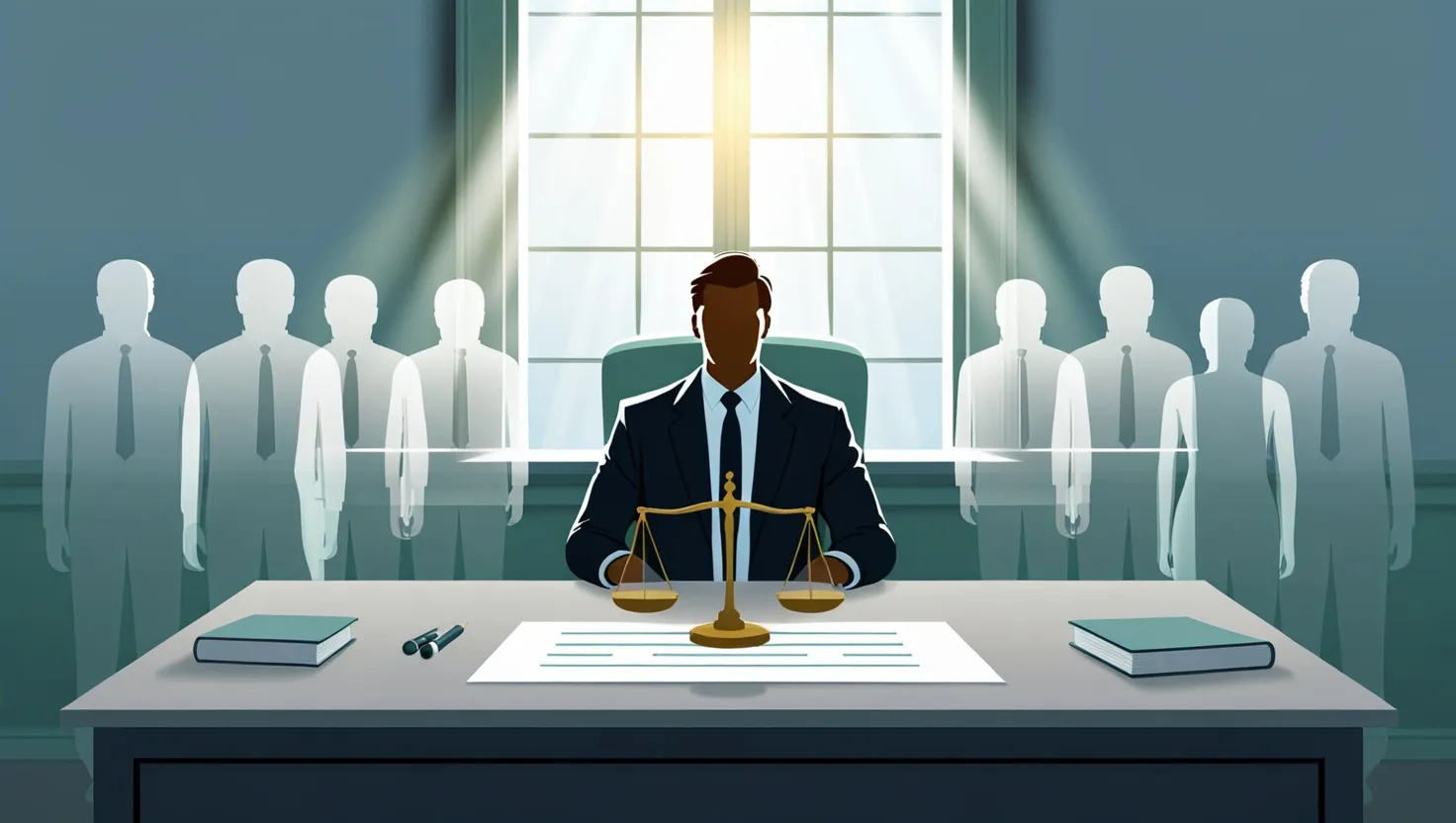Ethical leadership often finds itself at the intersection of values, business strategy, and societal impact, demanding that decisions reflect both principled integrity and practical foresight. When faced with complex dilemmas, leaders must rely on structured frameworks to navigate murky waters while upholding their commitment to fairness, transparency, and sustainability. Let’s delve into six distinct frameworks that shape how ethical leaders can balance competing interests and drive long-term trust and success.
The stakeholder impact analysis illustrates how ethical decision-making begins with understanding who will be affected by a choice. This framework forces a leader to map out all stakeholders—employees, customers, suppliers, communities, and investors—and analyze the ripple effects on each group. For example, think of a company exploring automation. Stakeholder analysis would involve quantifying the cost savings for shareholders versus the potential job losses for employees and the economic impact on local communities. This approach ensures no group is ignored, fostering dialogue and accountability. How often do we pause to ask ourselves which voices were missing in our last major decision?
“Management is doing things right; leadership is doing the right things.” – Peter Drucker
Next, the values consistency test emphasizes self-reflection and organizational integrity. Leaders using this framework measure their options against core personal and corporate values. Are we walking the talk? Consider a company renowned for its environmental commitments deliberating over cheaper, but less sustainable suppliers. Would pursuing cost savings erode its authenticity? Ethical decisions grounded in values establish a moral compass that guides not just policies but culture.
Public scrutiny takes this examination further, asking whether a decision would hold up under the unforgiving gaze of external judgment. Leaders are prompted to step into the shoes of the public, considering how a proposed action would appear if widely broadcasted. For instance, a CEO debating executive bonuses during layoffs might use this lens to connect intent with perception. It’s a framework that values transparency as a shield against reputational pitfalls.
“Integrity is doing the right thing, even when no one is watching.” – C.S. Lewis
But ethical leadership is not always about finding one perfect answer. The multiple alternatives method encourages creativity and flexibility, urging decision-makers to move beyond traditional binary choices. It’s about innovating solutions that minimize harm while maximizing benefit. Picture an organization contemplating the closure of a non-performing division. Instead of laying off employees, could they be reskilled and redeployed elsewhere? By expanding possibilities, leaders can find paths that foster growth and goodwill.
The long-term consequences evaluation, a staple of ethical inquiry, shifts focus to sustainability. Leaders adopting this framework weigh immediate gains against enduring impacts. Consider the dilemma of fast-growth ventures aggressively scaling at the expense of employee well-being or operational stability. Would the short-term win of exceeding quarterly targets jeopardize trust, loyalty, or future growth? Ethical leadership demands patience—a willingness to plant seeds whose rewards may only bloom years later.
Lastly, the reverse perspective technique flips the narrative entirely. Imagine standing at the receiving end of your decision’s consequences. This “walk-a-mile-in-their-shoes” approach cultivates empathy. When a leader contemplating restructuring pauses to consider how employees might perceive abrupt changes, they uncover opportunities for communication, fairness, or support that might otherwise be missed. It’s a framework that humanizes corporate strategy by anchoring it in dignity.
“Ethics is knowing the difference between what you have a right to do and what is right to do.” – Potter Stewart
Each of these frameworks equips leaders with the tools to address dilemmas spanning diverse contexts—from product innovations fraught with safety risks to mergers that risk sidelining marginalized groups. Yet, frameworks alone are not a panacea. They require leaders with the courage to act decisively and the humility to acknowledge when they falter. Ethical leadership, at its heart, is less about perfection and more about striving. It’s about committing to dialogue, reflection, and improvement.
In practice, ethical decision-making builds trust, a currency more valuable than profits. It strengthens reputations and forges durable partnerships. Consider Patagonia, a company celebrated for weaving its environmental ethics into every fabric of its strategy. Through stakeholder engagement, long-term thinking, and values consistency, Patagonia transformed corporate responsibility into a competitive advantage. Similarly, leaders like Satya Nadella at Microsoft have modeled the reverse perspective by embedding empathy at the core of organizational transformation. Such examples remind us that ethics is not a constraint but a catalyst for sustainable success.
So, how do you, as a leader or as someone influencing decisions, integrate these frameworks? Start small. The next time you’re faced with a tough call, pick one framework and apply it rigorously. Does your decision align with stakeholder interests? Can it withstand public scrutiny? How might it shape the organization a decade from now? These aren’t abstract exercises; they are habits that can revolutionize leadership.
To lead ethically in today’s world requires more than knowing what’s right—it demands practicing it daily, fostering trust not only in results but in the process itself. As ethical leadership roots itself deeper into business strategy, one question remains: Are we building not just successful organizations, but principled ones?






